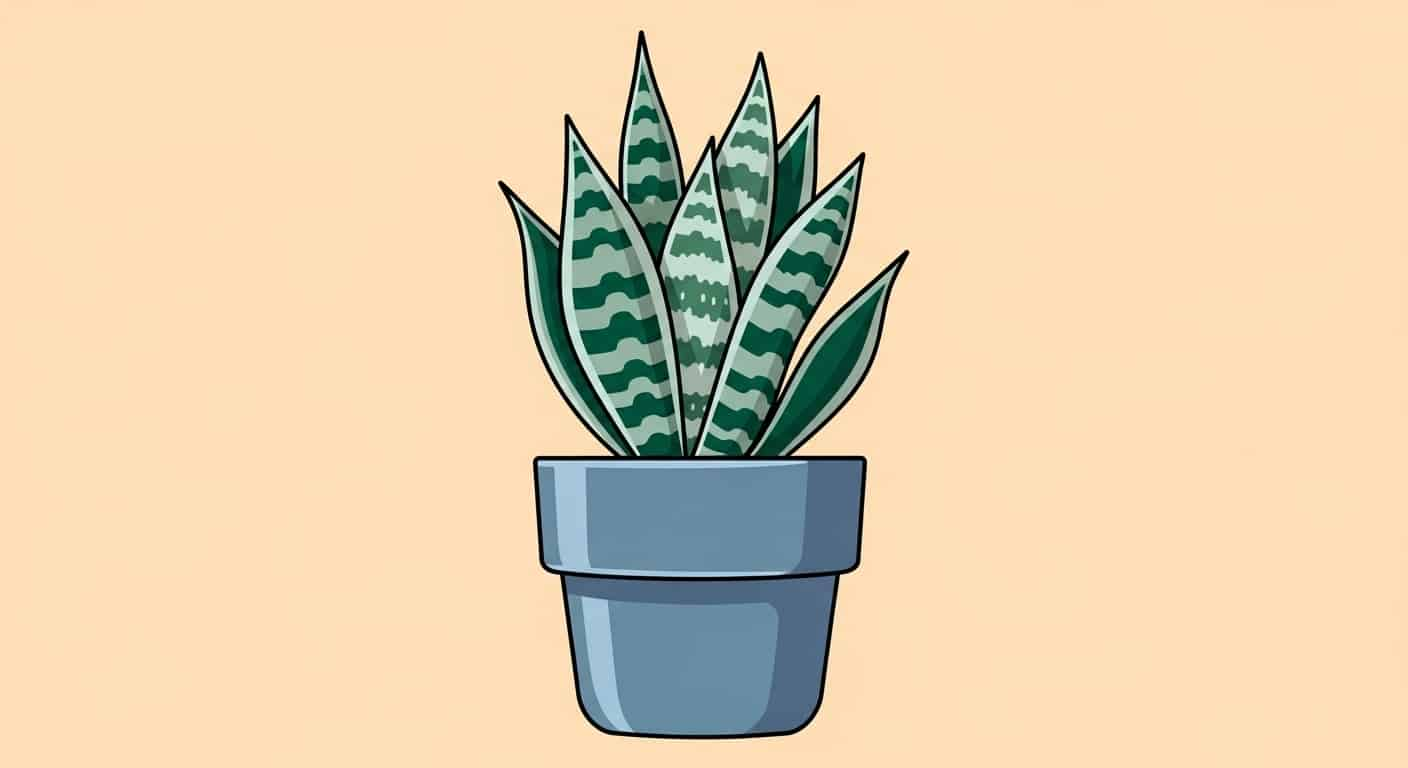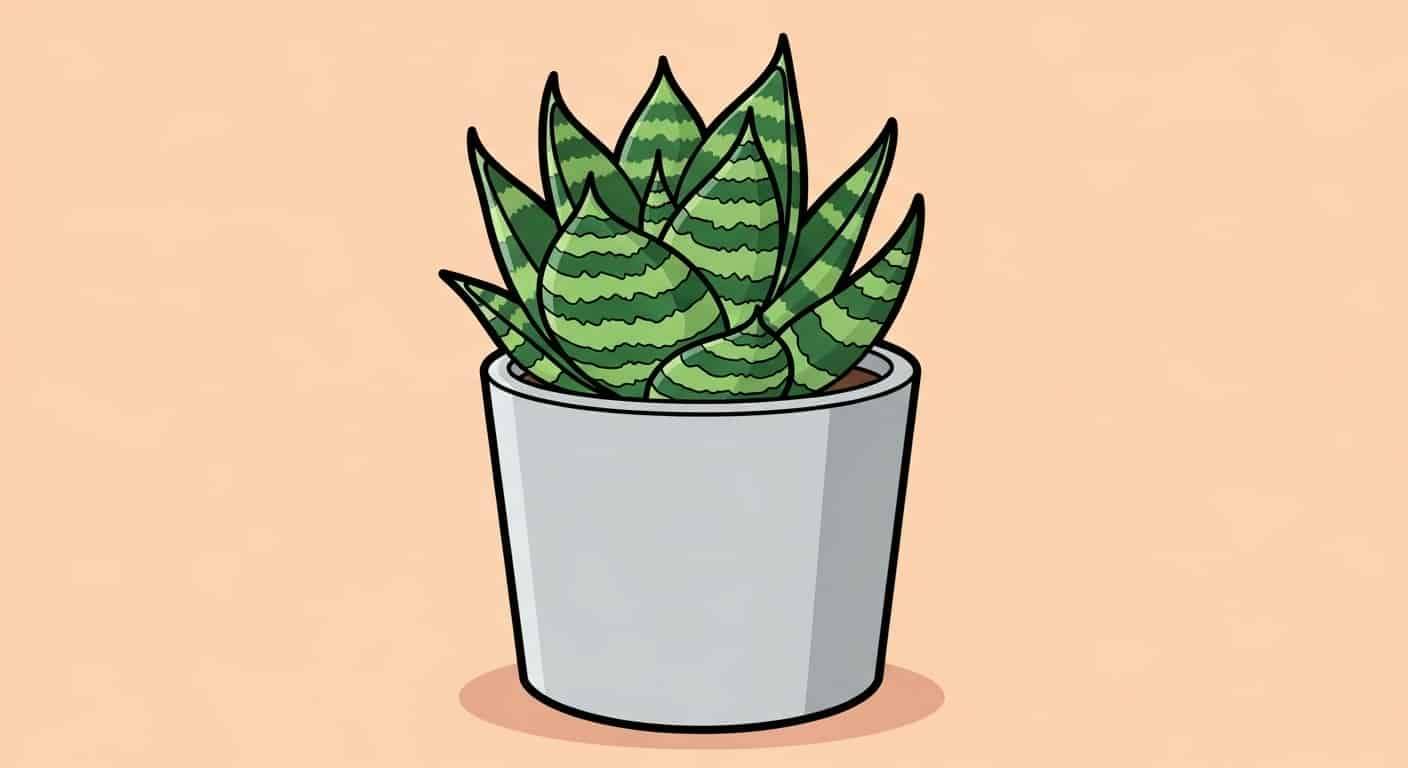Author: Indoor Plant Nook
-

Snake Plant Robusta Care Guide: Easy Tips for a Healthy, Stylish Houseplant
The Snake Plant is one of the easiest houseplants to grow.It needs very little care.It looks good in any room. The Robusta variety is a special type of Snake Plant.It has thick, upright leaves.The leaves are short, wide, and bold-looking. People love this plant because it’s tough.It can survive in low light.It can go weeks…
-

Snake Plant Hahnii: Easy Care Tips for This Small, Hardy Houseplant
Snake plants are popular indoor plants. They are known for being easy to care for. They belong to a group of plants once called Sansevieria. Today, they are classified under the genus Dracaena. One small and unique type is called Hahnii. This variety is compact and grows in a rosette shape. It looks different from…
-

How Tall Can Snake Plants Get + Growing Tips
Looking for a plant that’s tough and good-looking? Check out the snake plant — it’s having a big moment right now. You’ve probably seen it around. Tall, upright leaves. Cool patterns. Super low-maintenance. It used to be called Sansevieria, but now it’s under Dracaena (plant nerd stuff, but good to know). People love it because…
-

How to Propagate a Snake Plant: Water, Leaf Cuttings & Division Guide
If you’re into indoor plants, you probably already have a snake plant hanging out somewhere. They’re famous for those tall, sharp leaves and being super low-maintenance. One of the coolest things? You don’t have to keep buying new ones — you can actually propagate your snake plant right at home. It’s easy, fun, and a…
-

When to Repot Snake Plant: Best Guide to Repot, Divide & Cut Snake Plant
Snake plants are some of the toughest houseplants you can have. You might know them as Sansevieria or mother-in-law’s tongue. They’re great because they don’t need much care. They can handle low light and don’t need frequent watering. But to keep them looking healthy and fresh, you need to know a few things. Like when…
-

Snake Plant Temperature Guide: Keep Your Plant Thriving
Quick Answer: What Temperature Do Snake Plants Like? Snake plants, or Sansevieria, thrive in a stable environment with temperatures between 60°F and 85°F (15°C to 29°C). They are sensitive to cold drafts and cannot tolerate frost. Maintaining this temperature range is the single most important factor for ensuring your plant remains healthy, vibrant, and resilient.…
-

How to Fertilize Snake Plant: A Complete Guide for Growth
How to Fertilize Snake Plant? (Quick Answer) To fertilize a snake plant, use a balanced liquid fertilizer (like 10-10-10) diluted to half-strength. Apply it once a month during the spring and summer growing season. Avoid fertilizing in the fall and winter when the plant is dormant. Always water the plant before fertilizing to prevent root…
-

Snake Plant Light Requirements: Sun, Shade & Grow Light Tips
Snake plants are tough.That’s why so many people love them. They go by a few names—Sansevieria or mother-in-law’s tongue.Weird name, right? But it sticks. You don’t have to be a plant expert to keep one alive.They’re super low maintenance. Still, there’s one thing they really care about: light.Get the lighting wrong, and they start looking…
-

How to Water Snake Plant: Frequency, Amount, and Best Techniques for Healthy Growth
Looking for a plant that’s easy and looks great? Meet the snake plant. Also called Sansevieria, it’s one of the most popular indoor plants.Why? Because it doesn’t need much care.It can handle low light and even being forgotten sometimes. That makes it perfect for beginners.But experienced plant lovers love it too. Easy to grow and…
-

Are Orchids Parasitic Plants? The Truth About How They Grow
Are orchids parasitic plants?No, most orchids are not parasitic plants. While some rare species exhibit parasitic traits, the vast majority are epiphytes that grow on trees for support and gather nutrients from the air and rain, rather than from their host plants. Orchids are one of the most captivating and diverse plant families on Earth,…
